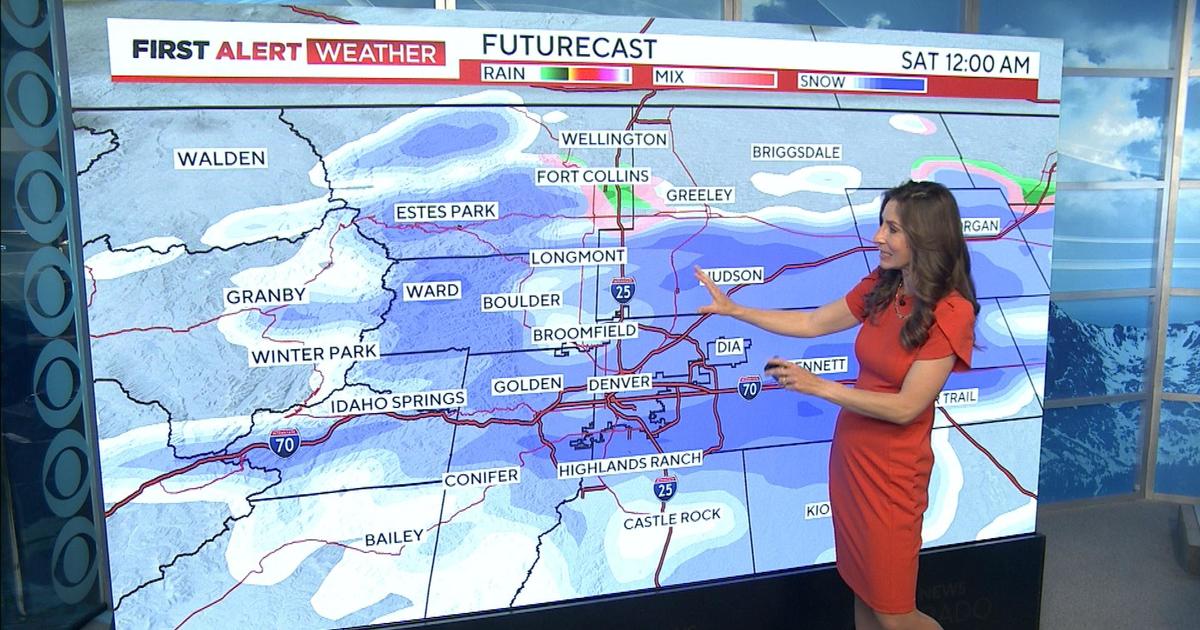Sunday's Storm So Strong It Caused An Intrusion Of Stratospheric Ozone In Colorado
DENVER (CBS4) - You know the old saying that you learn something new everyday? Well that happened for me Sunday afternoon when the Colorado Department of Public Health and Environment issued an Ozone Alert for El Paso County.
I immediately thought it was a mistake and sent a text to a few of my co-workers saying what in the world is this? They were as surprised as I was because it was extremely windy on Sunday, which usually clears the air out near the surface and eliminates any potential issues with air quality, such as the development of ozone.
But something unique was happening on Sunday and we got a cool one-on-one education about it from Scott Landes at CDPHE. As a powerful jet stream roared over Colorado Sunday it was strong enough to transport high levels of ozone from the stratosphere down to the ground. This is called a stratospheric intrusion.
The stratosphere is the second layer of Earth's atmosphere when you are going up from the ground. It starts around 6 or 7 miles up and extends to nearly 50 miles above sea level. It is where the ozone layer is found, which protects us from the harmful rays of the sun.
Problems with high levels of ozone gas near the ground are nothing new in Colorado. We frequently experience high levels of it during the warm season.
But the difference is it does not usually originate in the stratosphere. It forms as pollutants near the ground "cook" in the daytime heat. Sunday's high levels of ozone were transported from several miles above down to the ground.
"Fortunately intrusions generally only occur in the spring (April and May) with the threat winding down in early June," said Landes.
That's because the jet stream retreats north to Canada around that time of year. Scott told us forecasting these intrusions is probably one of the most difficult aspects of his job.
"Sometimes it looks like things will come together for a significant intrusion, then nothing happens because the high levels of ozone remain a few hundred meters above the ground," Landes said.
High levels of stratospheric ozone remained in some of Colorado's mountain communities on Monday, prompting an Ozone Alert to be issued for Clear Creek County and Gilpin County. Conditions improved enough by Monday night that all alerts were allowed to expire.




